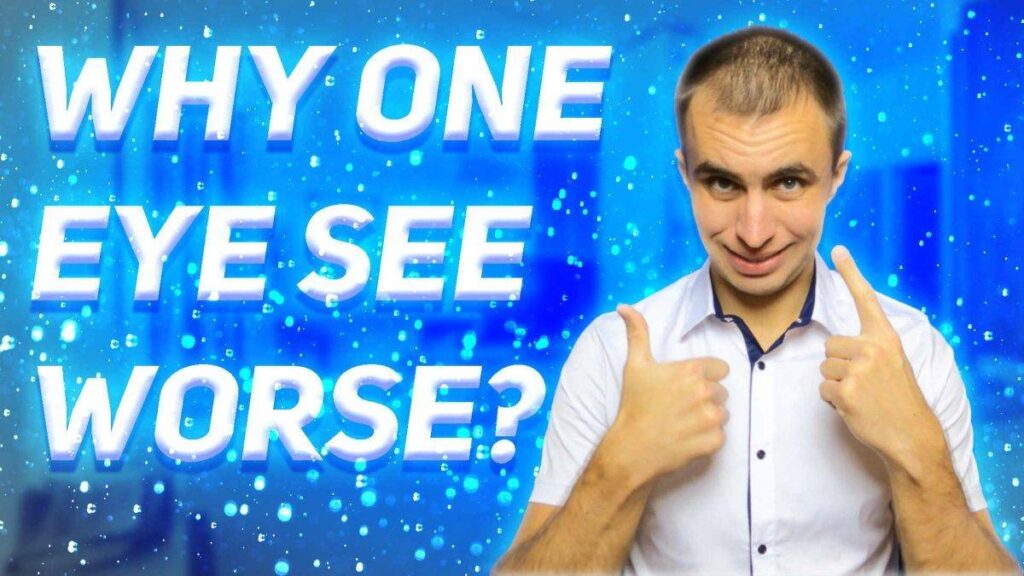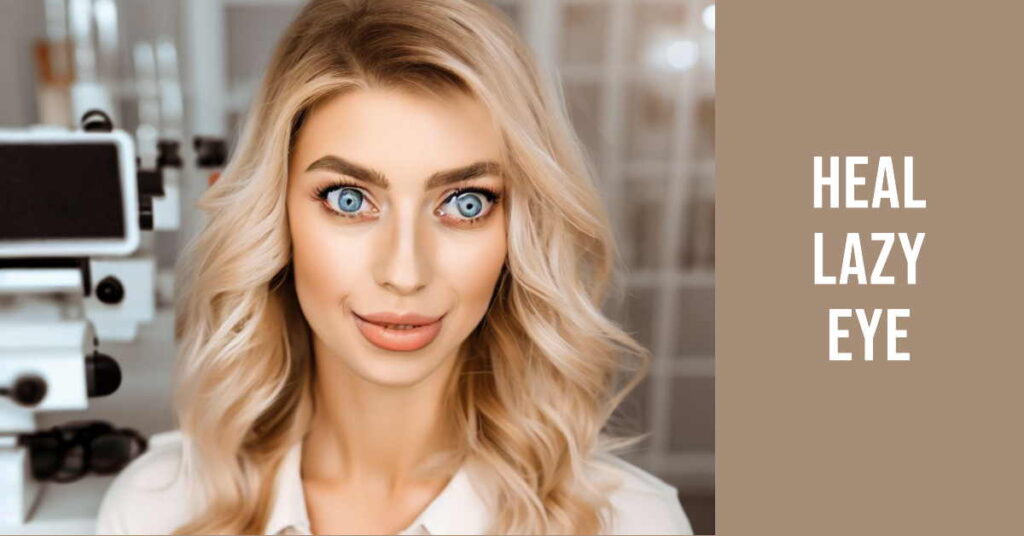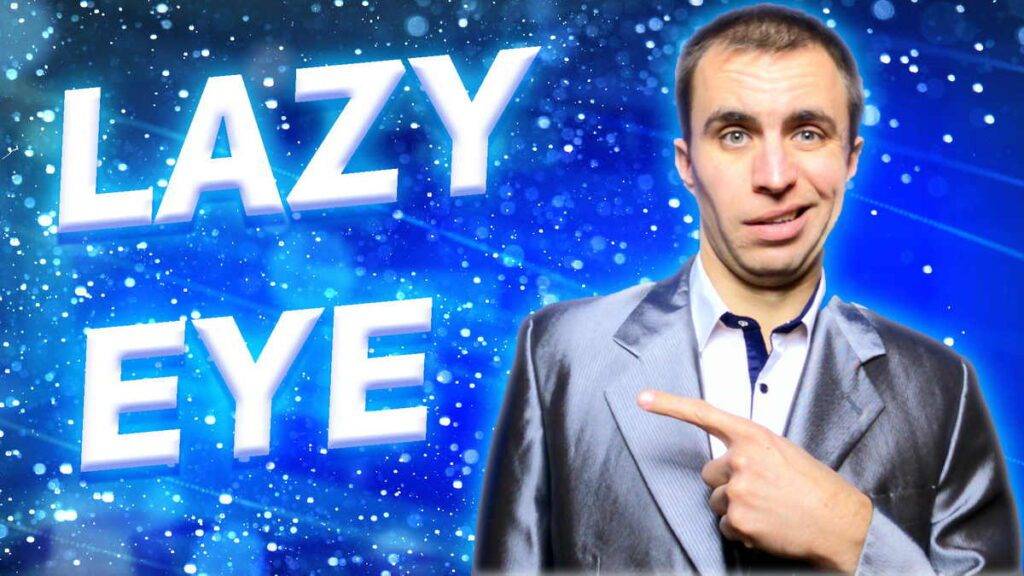Exploring Lazy Eye Treatment through Targeted Eye Training
Introduction: Lazy eye, clinically known as amblyopia, is a condition where one eye does not develop properly, leading to reduced vision in that eye. While traditional treatments often involve corrective lenses or patches, innovative approaches like eye training are gaining attention for their potential to enhance visual acuity. In this article, we delve into the concept of lazy eye treatment through targeted eye training, exploring how this method can unlock the potential of vision and promote balanced visual development.
Understanding Lazy Eye (Amblyopia):
Lazy eye typically occurs during childhood when one eye is not aligned properly with the brain, leading to a weaker connection. This condition can result in reduced vision in the affected eye if not addressed early. Traditional treatments involve patching the stronger eye to encourage the weaker eye to work harder, but eye training offers a more dynamic and targeted approach.
The Role of Eye Training:
Eye training, also known as vision therapy, involves a series of exercises and activities designed to improve eye coordination, focus, and alignment. In the context of lazy eye treatment, these exercises are specifically tailored to address the visual deficits associated with amblyopia. The goal is to strengthen the connection between the affected eye and the brain, promoting more balanced visual development.
- Targeted Exercises for Coordination: Eye training exercises for lazy eye focus on enhancing coordination between the two eyes. This may involve activities that require both eyes to work together, such as tracking moving objects or focusing on specific visual patterns. The repetitive nature of these exercises aims to retrain the brain and improve the communication between the eyes.
- Visual Acuity Enhancement: Improving visual acuity is a key objective in lazy eye treatment. Eye training includes exercises that challenge the visual system to process information more efficiently. This can include activities that sharpen focus, enhance depth perception, and promote overall visual clarity.
- Binocular Vision Activities: Lazy eye often results in poor binocular vision, where both eyes struggle to work together. Eye training incorporates binocular vision activities that encourage the brain to process visual information from both eyes simultaneously. These activities can include 3D vision exercises, stereograms, and other techniques that promote the integration of visual input.
- Professional Guidance and Monitoring: One of the strengths of eye training for lazy eye treatment is the guidance provided by eye care experts. Optometrists or vision therapists can create personalized training plans, monitor progress, and adjust exercises as needed. This professional oversight ensures that the treatment is tailored to the individual’s specific needs and challenges.
Train lazy eye
Lazy eye treatment through targeted eye training holds promise in promoting visual development and enhancing the overall quality of vision. By focusing on coordination, acuity, and binocular vision, this innovative approach offers a dynamic alternative to traditional treatments. As with any medical intervention, it’s crucial to consult with eye care professionals to determine the most suitable treatment plan for individual cases. With the right guidance and commitment, eye training may prove to be a transformative journey towards revitalized vision and improved quality of life for individuals with lazy eye.




